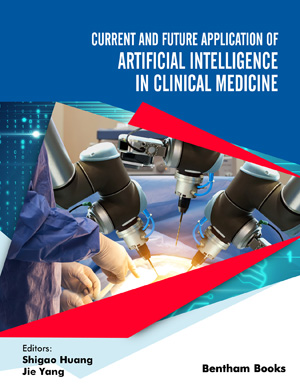Abstract
Currently, fluorine-18 labeled fluorodeoxyglucose (FDG), a glucose analogue, is the most commonly used imaging agent for positron emission tomography (PET) in cancer patients. The excellent clinical information obtained by the FDG PET has made it essential in the management of many cancers. Despite its proven clinical utilities, FDG PET has some well known limitations. Several other agents for PET imaging have been developed, which can overcome certain limitations of FDG, provide new information on the biologic, metabolic and molecular characteristics of malignant tumors, and aid in the diagnosis, optimal therapeutic approach, prognostic assessment and therapy monitoring in cancer patients. This review focuses on the biological basis of cancer imaging with some PET imaging agents, other than FDG, and their potential clinical applications. Emphasis is given to 1) choline, a precursor of cell membrane phospholipids, 2) acetate, an intermediate of lipid metabolism, 3) methionine, an essential amino acid, 4) fluorothymidine, a nucleoside analog and marker of cellular proliferation, and 5) fluoromisonidazole, a nitroimidazole derivative and marker of hypoxia.
Keywords: Positron emission tomography, imaging agent, cancer imaging












